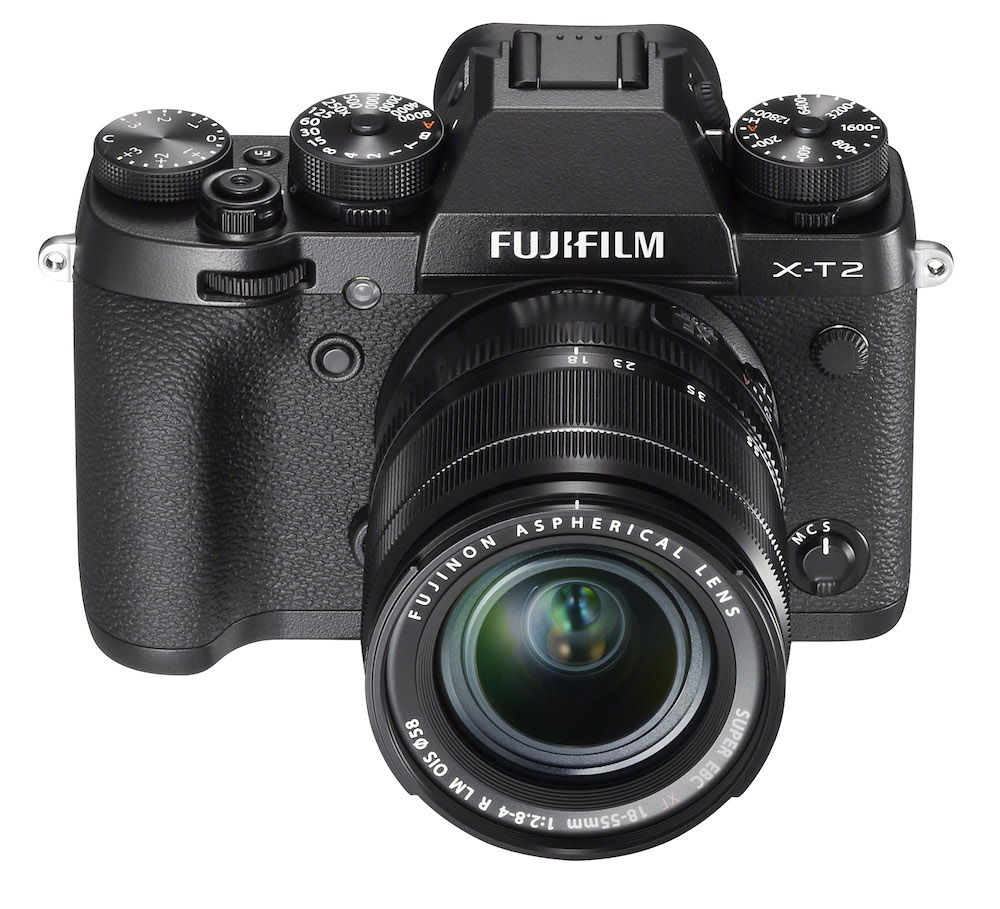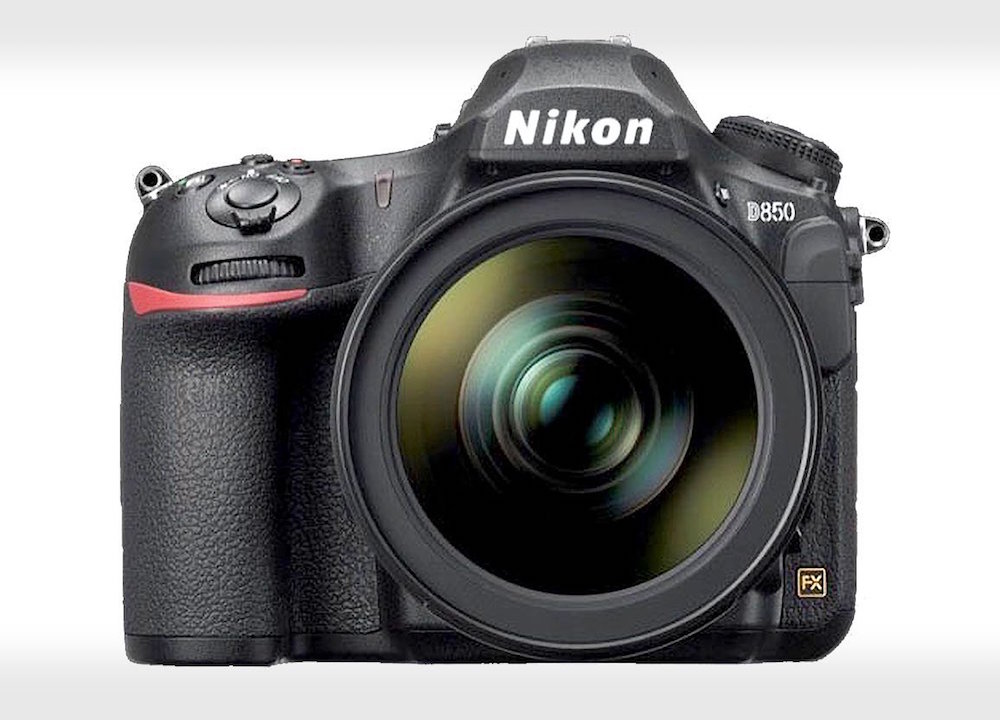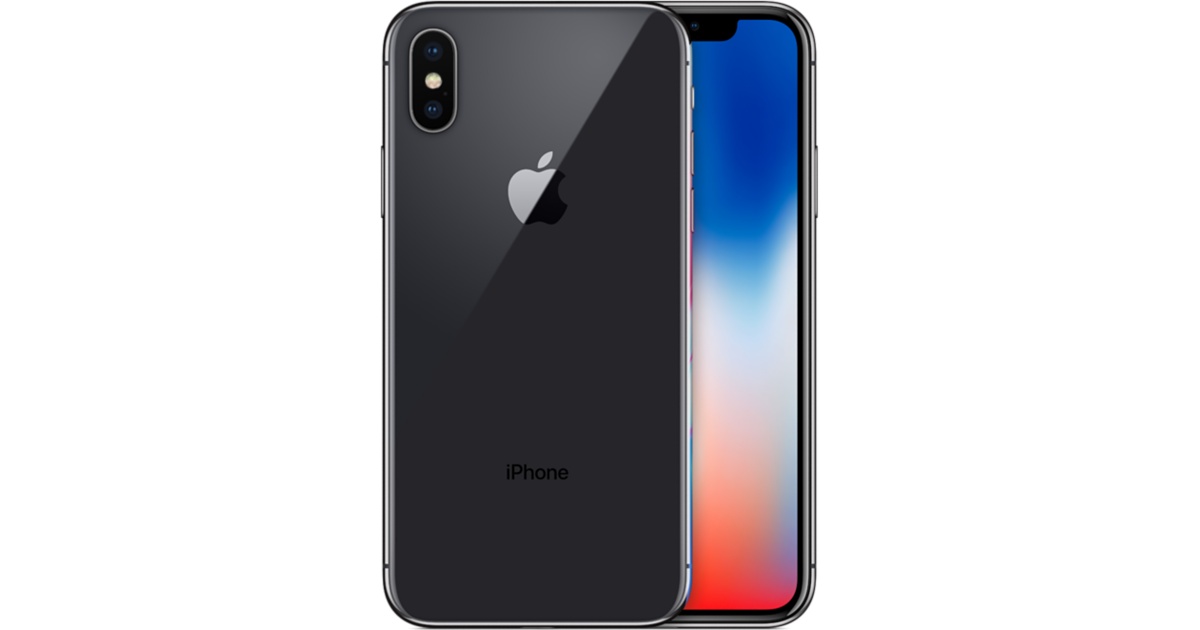3 Popular Cameras for a B&W Photographer and Why
Mirrorless: Fujifilm X-T2 – compact, great low light capabilities, excellent lenses
For the professional or amateur photographer looking to capture perfect black and white stills every time, there are many factors to consider. Lenses and aperture determine the low light capabilities, and a larger sensor will render excellent shadows without digital noise, for instance. Mirrorless cameras offer the versatility and quality of a DSLR in a smaller, lightweight package. If a mirrorless camera is your preference for photography, we recommend the Fujifilm X-T2 mirrorless.
The X-T2 contains the excellent sensor and image processor found in all Fujifilm cameras, and lives up to Fujifilm’s reputation for delivering excellent image quality and detail, capturing textures, depth, and atmosphere via a range of excellent Fujinon lenses. On top of this, it has some key features that make it well-suited for black & white photography.
Key Features of the Fujifilm X-T2: Compactness
A compact and lightweight camera will be increasingly sought-after by photographers of any style, especially street photographers or nature photographers. A compact camera means less to carry, and that means you can always be ready to capture that perfect shot. The X-T2’s camera body, like many mirrorless cameras, is compact and lightweight, not much larger than a pocket point-and-shoot. It is also quite durable, as it is water-resistant, dust-resistant, and can be operated in temperatures down to -10°C (14°F). These features make it an ideal take-anywhere camera for snapping images in a variety of difficult conditions, especially for nature and wildlife photography, a style which has historically been challenging with mirrorless cameras.
The X-T2 also features an improved autofocus and electronic viewfinder, making it a good choice for capturing subjects in motion, as in street or sports photography, two more situations in which a compact, lightweight camera is a benefit to a photographer who is constantly on the move to capture the perfect shot.
Key Features of the Fujifilm X-T2: Low Light Capabilities and Excellent Lenses
The X-T2 is capable of using the full line of 22 Fujinon lenses, which offer coverage for a wide range of focal lengths from wide-angle to telephoto. These lenses are compact and lightweight to complement the camera’s lightweight build and include large maximum apertures and excellent image stabilization. Larger apertures, of course, means that the lens allows in much more light, making the X-T2 an excellent choice for low-light photography. For the black and white photographer, this means the ability to capture the pronounced shadows and intricate play of light that makes black and white photography so distinctive, as explained by GuruShots.
Key Features of the Fujifilm X-T2: Speed
For the photographer who needs to be able to capture a stunning shot at a moment’s notice, speed is a factor. In the X-T2, the amount of time spent ‘waiting’ for a camera to be ready, in terms of startup time, shutter release lag, and shooting intervals, these wait times have all been improved. The Fujifilm X-T2 is designed to be a camera that feels like an extension of the photographer’s own body, with response times to match.
Another area where the X-T2’s speed shines is in its autofocus: the processing power of this camera enables it to quickly and easily focus on low-contrast objects, small points of light, and even tiny, delicate textures like an animal’s fur, or the feathers of a bird. Such fine detail has historically been a weakness of autofocusing systems – not so with the X-T2. Custom settings are available for even higher accuracy while autofocusing dynamically on a subject in motion.
The X-T2’s electronic viewfinder displays motion at up to 100 frames per second, with a tine display time lag of just one-thousandth of a second. The viewfinder blackout period just after snapping a photo has also been reduced, enhancing the continuous shooting capability of the X-T2. For the black and white photographer, this means more opportunities to capture just the right balance of light and shadow, even on moving subjects, a difficult subject matter to truly capture of B&W.
If you are a photographer looking for a new, fast, lightweight mirrorless camera that is excellent for capturing black and white shots in a variety of situations and conditions, the Fujifilm X-T2 is an excellent choice. The large sensor and range of lenses with large maximum apertures make it an excellent low-light camera, while its small size and dedication to speed make it a perfect camera to take everywhere. Every photographer wants to be ready to capture a perfect shot in just a few seconds’ notice, and the Fujifilm X-T2 is a camera that can truly make that happen.
DSLR: Nikon D850 – Extreme dynamic range, low noise, fast frames per second, exponential choice of accessories and lenses
Photographers who enjoy shooting black and white images tend to seek out cameras with a specific list of features and requirements. Thankfully, for the photographer who enjoys the versatility of a DSLR camera, there are plenty of high-end options that will offer all of these features and more. However, for B&W photographers who want a DSLR which will allow them to take truly exceptional, large black and white images, without the slower performance that usually comes with capturing larger images, we recommend the Nikon D850. Starting at around $3,000 for the camera body, the D850 may well be the first DSLR camera who breaks the ‘larger images, slower camera’ rules. The D850 offers a full-frame 45.7-megapixel camera with a burst speed of an astonishing 9 frames per second. That’s remarkable in and of itself – but what truly sets it apart for capturing black and white images?
Key Features of the Nikon D850 – Excellent Dynamic Range
For anyone who has shot with a Nikon DSLR camera before, picking up the D850 is going to be a little bit like riding a bike – you never really forget how. Soon, the experienced photographer will find themselves right at home with Nikon’s excellent feature range – and one of the key features of this particular camera for capturing black-and-white stills is its dynamic range.
The D850’s sensor has an excellent dynamic range, capable of capturing detail in shadow as well as in highlights. Soft lighting, low lighting, the harsh interplay of light and shadow and higher contrast scenes all benefit from the dynamic range in the D850’s RAW files – all lighting conditions which make B&W images truly stand out.
Nikon’s dedication to color science, capturing color accurately and ensuring they pop without becoming oversaturated, is also to be found here – which may not seem like a feature that would matter much to the black-and-white photographers, but accurate color capture also means accurate capture of color value, which provides depth and detail to black-and-white stills.
Key Features of the Nikon D850 – Low Noise
With such a large full-frame sensor (45.7 megapixels on the D850), the D850 is certainly a camera to be reckoned with. The D850 shoots massive images, 8,256 pixels wide, and is capable of capturing exceptional detail, and allowing for plenty of creative cropping or zooming.
However, in many cameras with similarly large sensors, the trade-off is typically increased digital noise. However, thankfully, that is not an issue with the D850. The backside-illuminated sensor features improved light sensitivity and low noise in high-ISO photographs. Even at ISO 6,400, noise is essentially absent up past the 50% zoom level. That means this is a camera where you can feel confident about using the higher settings without sacrificing detail and quality, especially if you plan on outputting a smaller size file.
Key Features of the Nikon D850 – Fast FPS
As mentioned in the introductory section, the Nikon D850 captures full-frame large images at a very fast 9 frames per second. This burst speed is impressive enough, but as you may know, without an excellent autofocusing system, a high burst speed isn’t very useful. The good news for photographers using the D850 is that it doesn’t disappoint here, either. This camera features single-point continuous and 3D autofocus systems, and will consistently deliver sharp, highly focused shots with plenty of fine detail, even when shooting in rapid bursts.
Key Features of the Nikon D850 – Accessories and Lenses
Of course, at the end of the day, photographers who choose to shoot with a DSLR camera, particularly a model with a $3,000 price tag, are doing so largely for the exponentially large range of choices of lenses and accessories. True to their reputation, Nikon does not disappoint. There are lenses available for virtually any style of photography with a range of impressive features, not to mention additional accessories like flash modules. If you’re wondering where to begin, check out our article on the best lenses for the Nikon D850, where we discuss our favorite lenses both for professional and amateur photographers, ranging from all-in-one lenses to highly specialized lenses like telephoto, wide-angle, and macro lenses. The range of accessories and the ability to highly specialize and customize a camera’s set up to capture a particular subject matter is the primary draw of DSLR photographers, and for the photographer who prefers black-and-white, there are certainly lenses and accessories for the Nikon D850 to help you capture the most beautiful B&W stills possible.
SmartPhone: iPhone X – extremely accurate exposure determination, good detail and low noise, zoom lens, excellent HDR capability
It’s hard to believe that the iPhone has been around for 10 years – almost as hard as it is to believe that we would be recommending a cell phone on the merits of its camera on a photography site! The iPhone X is the tenth-anniversary edition of the iPhone, and the significance of this release was not lost on the team at Apple. Along with making sure that the phone’s dimensions, display, processing power, and responsiveness were all just right, getting the camera specifications correct was a crucial part of its design. The iPhone has been known for several years now to have a surprisingly good camera for a smartphone, along with a reasonably solid range of tools and apps available on the phone itself for image manipulation and refinement.
The iPhone features three cameras: a front-facing 7-megapixel ‘selfie’ camera and a pair of main cameras, each with a 12-megapixel sensor. The main camera features a wide-angle f/1.8 OIS lens, while the secondary one features a telephoto f/2.4 OIS lens.
Key Features of the iPhone X Camera: Exposure Determination
Whether shooting indoors or out, in low light or in bright light, the iPhone X’s camera system copes impressively with varying lighting conditions, with excellent exposure determination even in high-contrast scenes that lend themselves so nicely to black-and-white photography. Details are preserved both in highlights and in shadows, with noise at a minimum even in the darkest areas. Photographs of skies, in particular, are especially impressive on the iPhone X, something that few smartphone cameras and even most point-and-shoot cameras can do reliably. In tests, the iPhone’s camera shows excellent highlight detail at sunset and twilight, with exceptional detail along the clouds. White balance is accurate, and textures are excellent – color saturation and hues are also well-preserved, but as a black-and-white photographer, you will be happy to know that this translates to color values being well preserved.
Key Features of the iPhone X Camera: Light and Flash
Indoor photography is also impressively accurate on the iPhone X, and while it still has limitations in extremely low light (and likely always will, simply due to the small size of its lenses), even low-light exposures were usable, if lower quality. White balance and exposure duration are as accurate indoors as they are out, and the iPhone likes fluorescent lighting as well as it likes more traditional photographic lighting. Contrast and color value retain their clear definition in indoor lighting as well.
For situations calling for a flash, many smartphone cameras offer little more than a slightly overexposed LED-washed mess. The iPhone X’s LED flash is impressive in that it provides excellent detail with low noise, retaining the white balance, and showing only the slightest amount of light falloff in the corners. Again, in very low light, even with a flash, images aren’t as impressive, simply due to the small lens size, but for most situations, black and white images come out crisp, clean, with striking detail and contrast in all but the lowest lighting conditions.
Key Features of the iPhone X Camera: Zoom and Bokeh
The iPhone X’s camera’s lenses are small, and so are not ideal for very low light, but they do show a good amount of promise in their zoom potential. The iPhone X features a telephoto lens and a wide-angle lens on its two main cameras. The telephoto lens has been upgraded on the X to a brighter aperture lens with OIS, enabling photographers to capture sharp portraits and excellent zoom shots than with earlier iPhone cameras. Even when zoomed in, details are preserved, and noise is minimal.
The iPhone X camera also offers Bokeh simulation, producing a very natural looking and pleasing depth-of-field background blur. The effect is very well done, if artificial, with just occasional artifacts becoming visible near the edges.
If the built-in lenses aren’t enough, there is also an array of additional iPhone lenses which can be attached to the iPhone X itself.
Key Features of the iPhone X Camera: Autofocus
The iPhone X uses a phase detection autofocusing system which is extremely accurate, and delivers very sharp images in a wide variety of lighting conditions, even when shooting a moving subject. In black-and-white photography, sharpness is extremely important, and so the iPhone X excels in this regard as well.
The iPhone X, with its impressive assortment of features, surprisingly well-designed lenses, and excellent HDR capability, make it a fine choice for capturing black-and-white images. In addition, since it is a smartphone, the availability of apps helps set the iPhone apart from nearly every other camera style. The capability to capture, manipulate, and finalize exceptional images on a single device is a pretty significant accomplishment for the folks at Apple.











